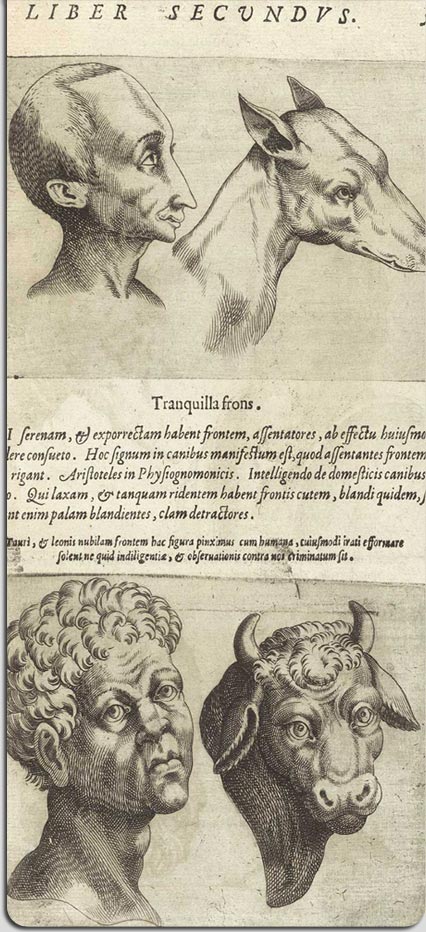Ours looked like he was merely sleeping. Laura’s looked like a cranky baby; Sarah’s had a flat, crooked nose, and Steve’s must’ve had surgery,
seeing as though there were sutures under the
sutures
. Just trying to recall the initial feeling gives me a shiver as I write. We each removed the off-white elastic cloths from their heads, after deliberation and
guidance from our partners. Some debated over who should do the pulling; others were non-chalant. Over the back of the head first, or over the face, and get it over
with? Fast or slow?
If nothing else in anatomy felt like sacred, corporeal ground, this most certainly did. It wasn’t just that after 4 months we finally saw our cadavers’
faces, but that we were about to cut the nerves of their head and remove their brains. Maybe it was partially the shock of returning to the anatomy labs after an
intense final and 3 week break, but it sure felt like more than that. Becky, my dissection partner, warned me if she started either laughing or crying I
shouldn’t freak out, just as I was about to say the same back to her.
The brain’s different. Or at least, we’re taught to think that way. You cut out a liver and rotate it around 360 degrees and there’s not much of a
human attachment to it, besides the obvious fact it used to be attached to a human. A small intestine is a small intestine is a small intestine. It doesn’t make
you who you are–physically or mentally. Same with a thoracic duct, an aorta, a tendon in the foot, or a ligament in the knee. But the brain… the brain is
everything
. It’s thoughts, it’s emotions, it’s personality. It’s language. It’s love, it’s hate, it makes us
human
. It makes us alive, or it makes us dead. It’s responsible for the most beautiful art and music the world has ever known, and it’s responsible for the
most atrocious, vile wars and massacres. Mozart had one, but it really wasn’t that much different from Hitler’s.
It’s a weird feeling. Here you are, staring at, pretty much, a head and neck face-down, dead for months (and possibly years), with most of the rest of the body
dissected, and the pelvis and lower limbs completely detached, laying at the other end of the table. But you can’t help but think, “Once I do this, once I
remove the
brain
, there’s no going back. This person will be dead forever.” You tell yourself that you also need a liver to live, as well as a heart and every other organ
you’ve obliterated in the name of science, medicine, and the health of your future patients, but the brain still gives you pause, at the top of the hierarchy.
As our instructor demonstarted the removal technique (which I thoroughly botched), my shoulders tensed and my face grimaced as he cut the
cranial nerves
. First the olfactory–there goes smell. Then the optic–no more vision. Then it was to the spinal cord and brainstem; with a snip of the scissors, it was
severed. To get a better angle, he put the head on a wooden block. It seemed like manhandling, and the nervous looks of my classmates seemed to agree.
Back at our own dissecting table, I took a break while Becky was working to force myself to look down at my cadaver’s face. While “resemble” is too
exact of a word, his face seemed to have some features that reminded me of an old boss back when I was in high school. And I looked at the other faces in the bay,
wondering who the person was. “She was definitely a fun grandma.” “I wonder if he was peaceful when he died.” “She looks like a
teacher.”
I think I’ve come to finally understand why donating one’s body to science is such a gift. It’s such a private matter to give someone access to your
body in life or death, but to give us access to a brain seems almost like an intrusion on our part. It’s such a personal area. It’s where our memories are
kept, where our secrets are locked, and where our lives are lived. To give some 23-year-old kid like me even symbolic access to all that, and to have him then try to
understand who you were seems like the ultimate in vulnerability.
4 Comments »
